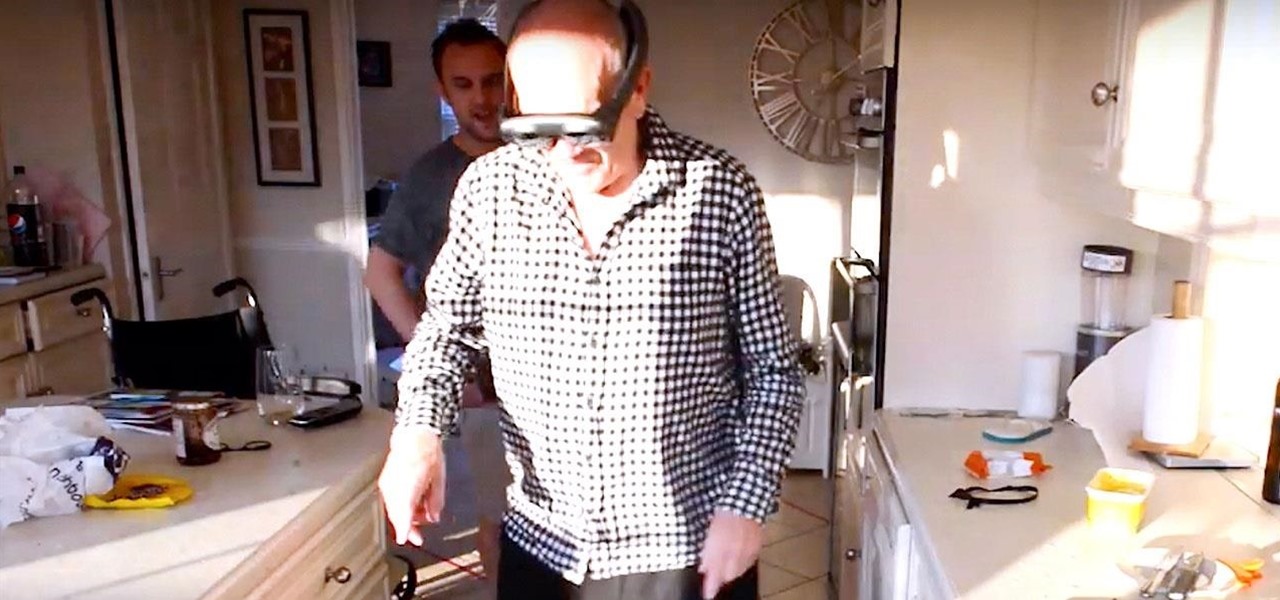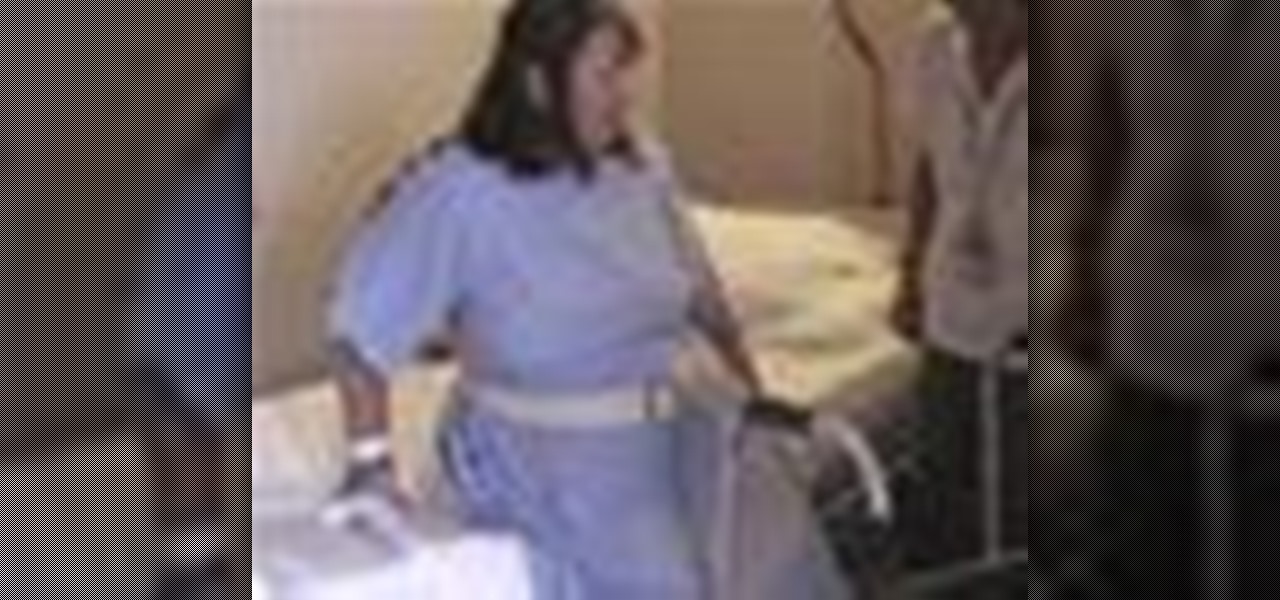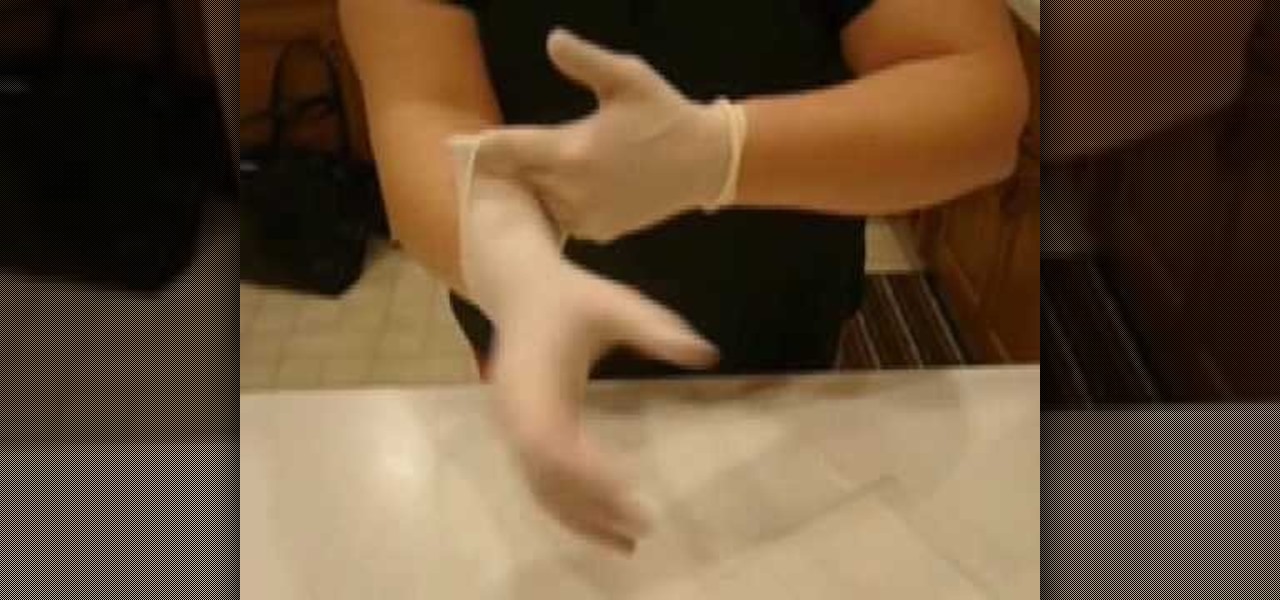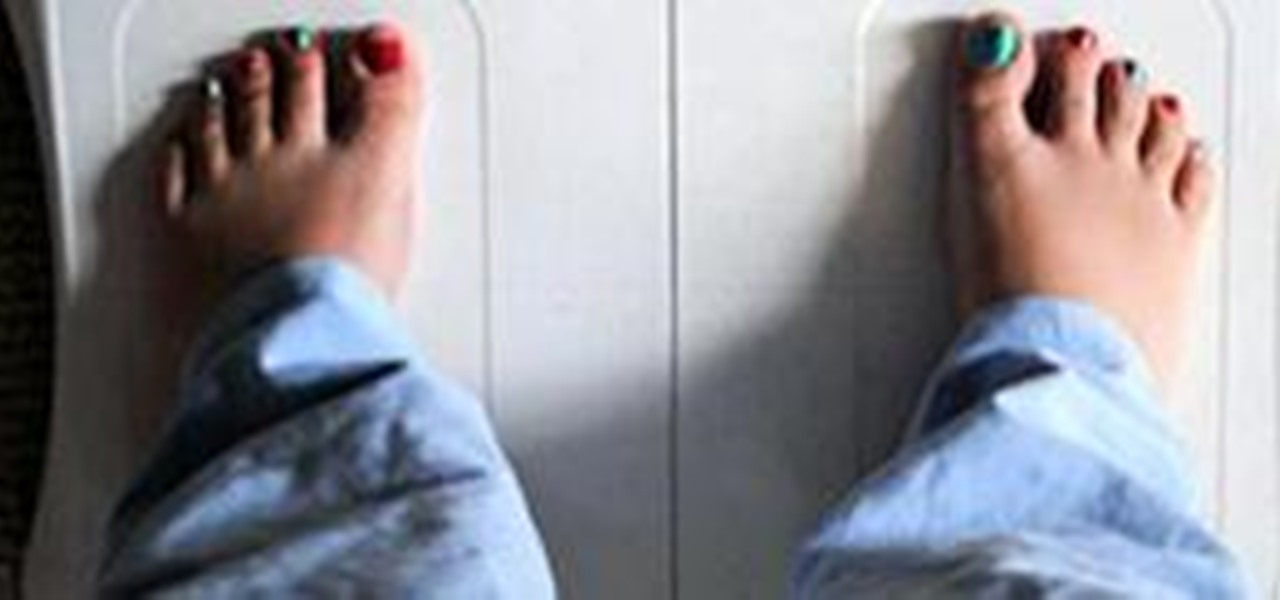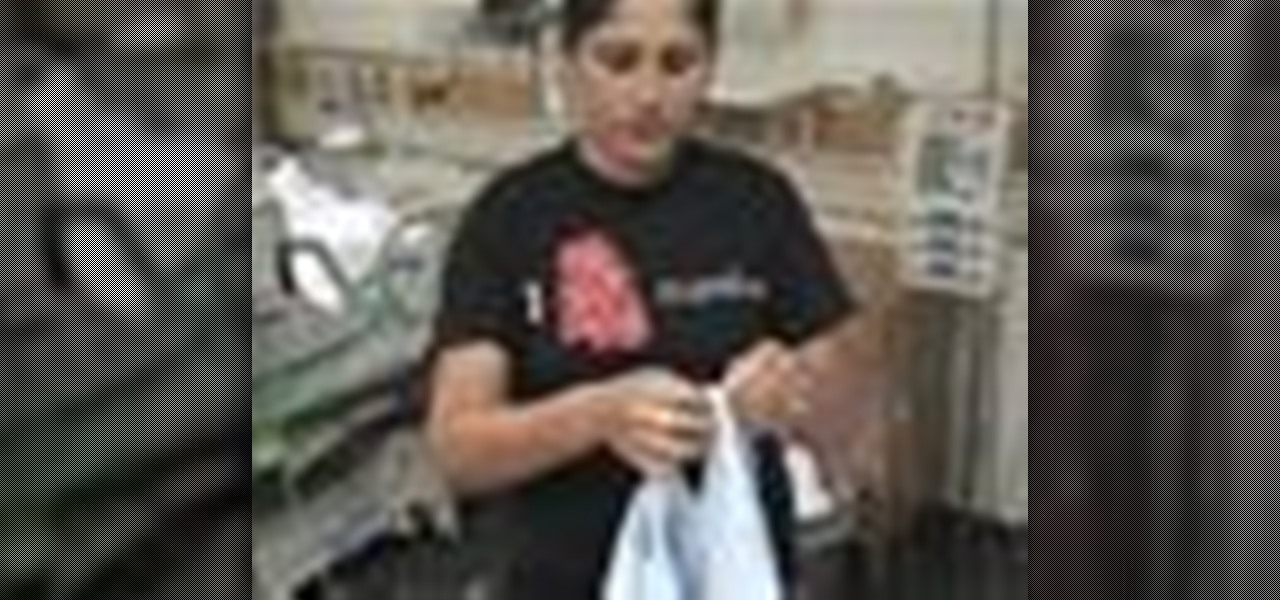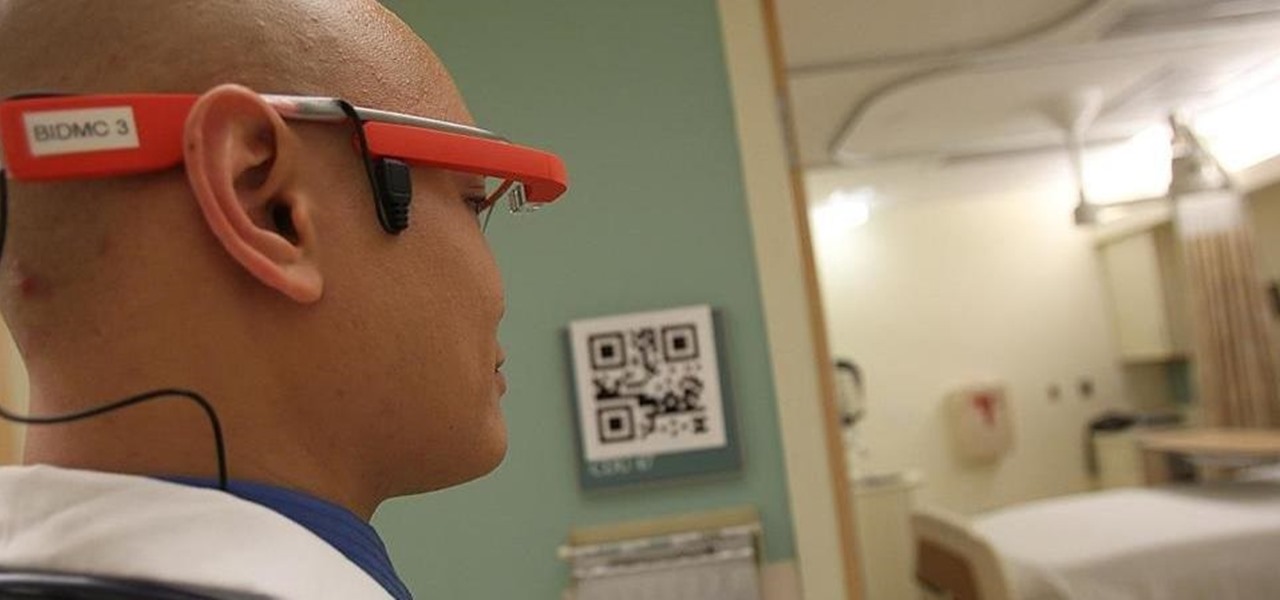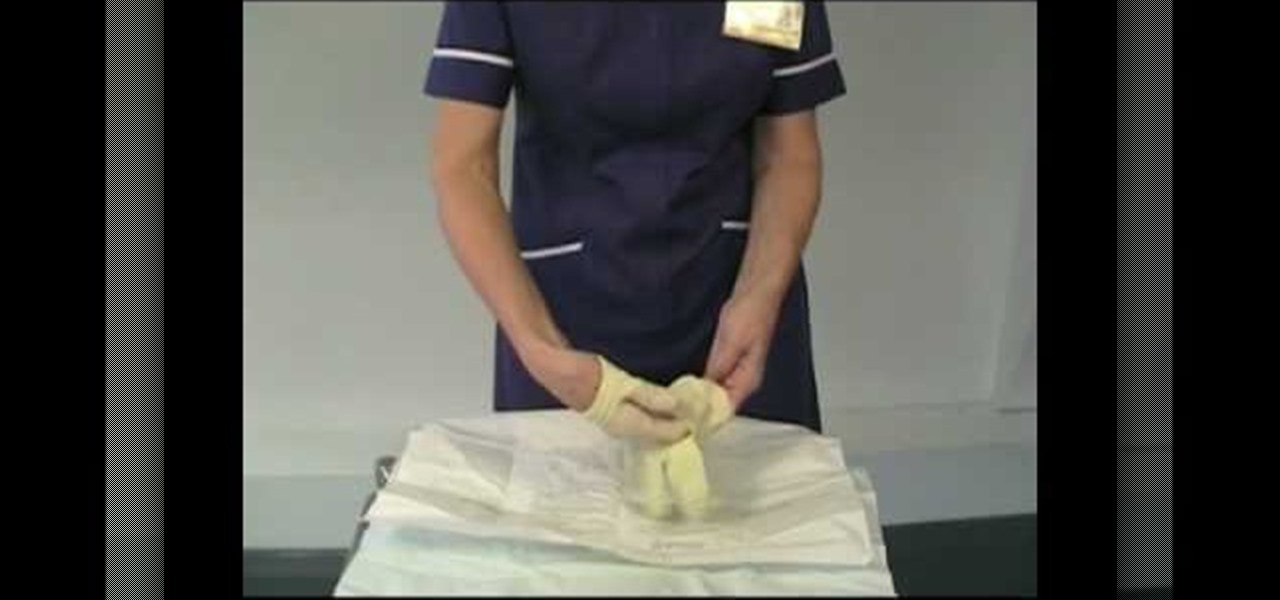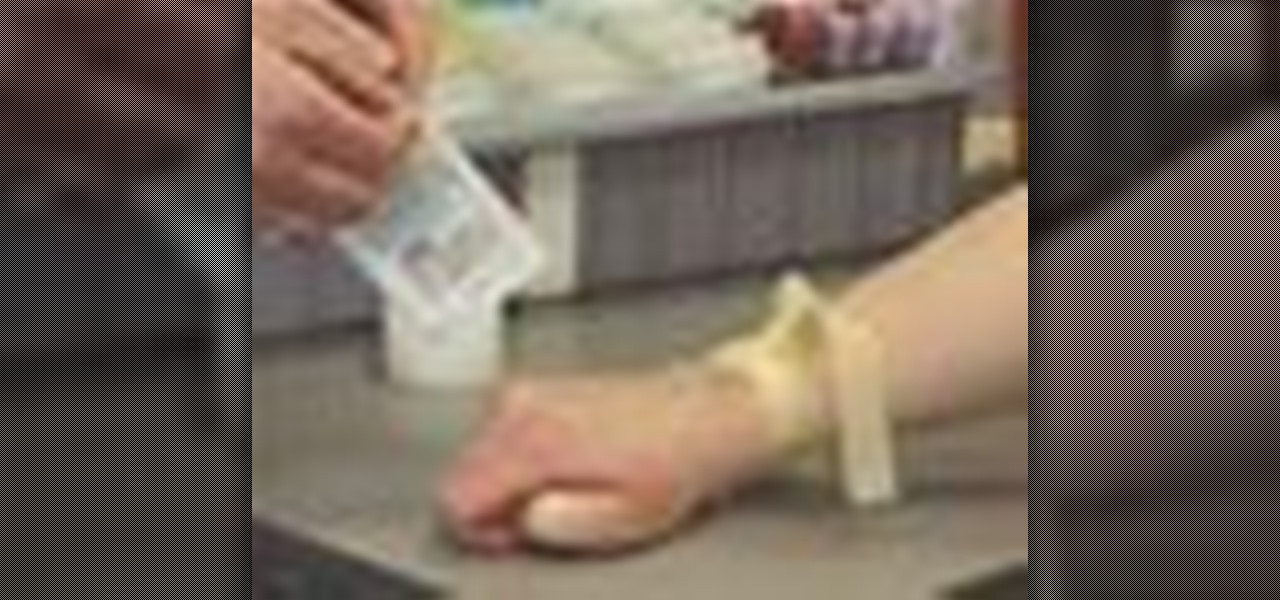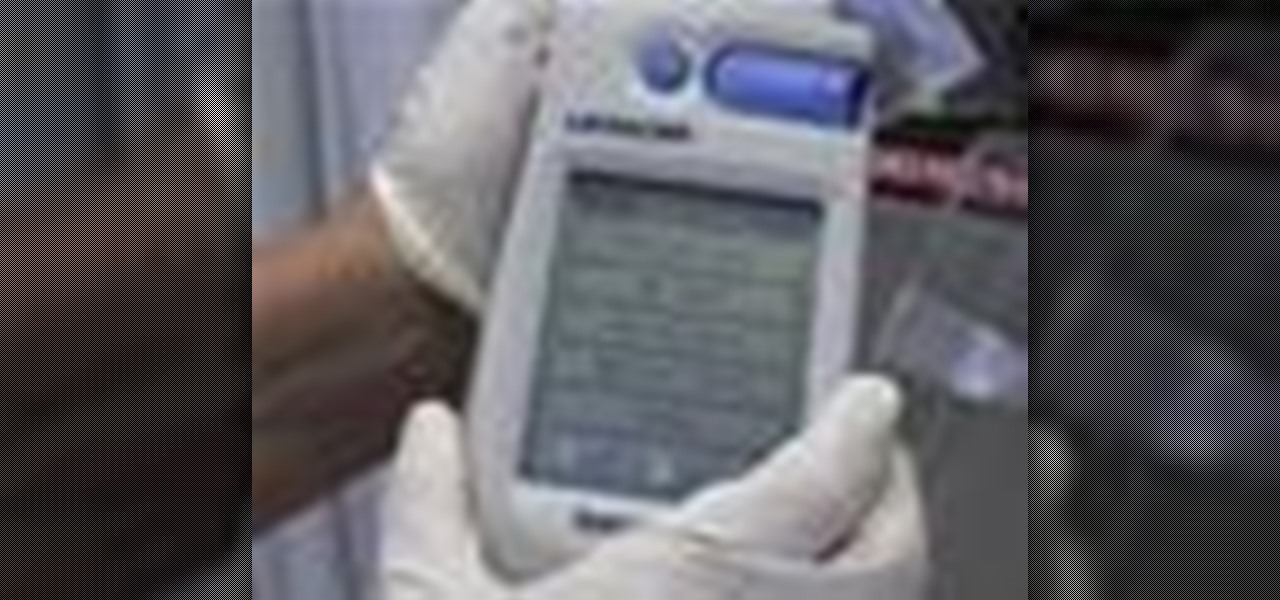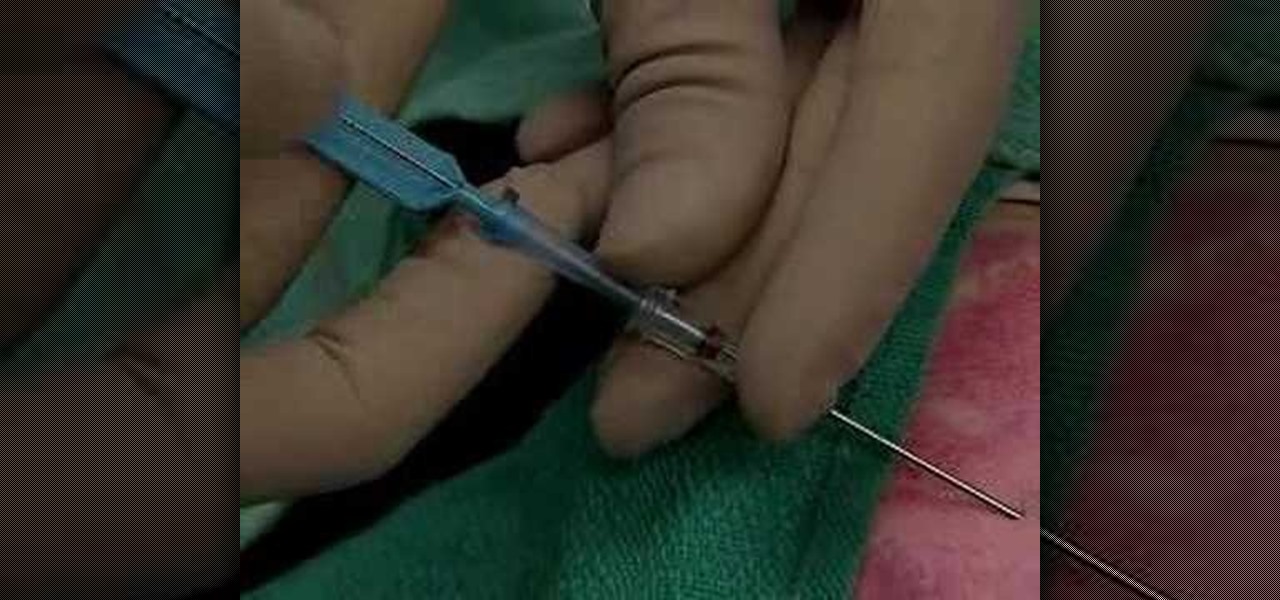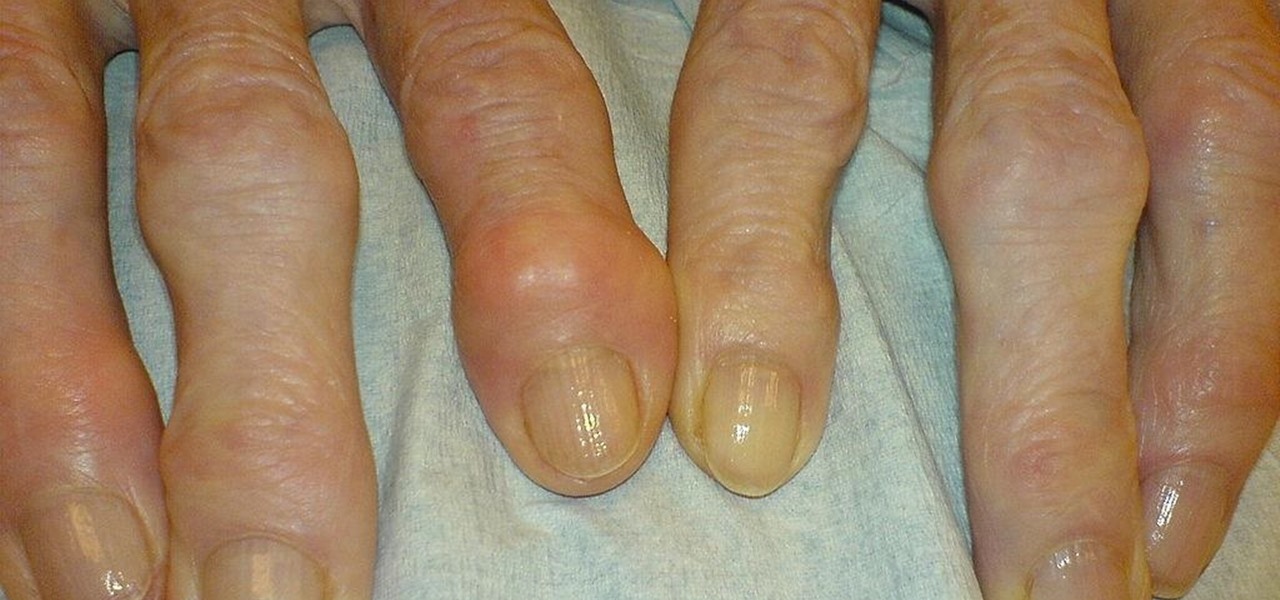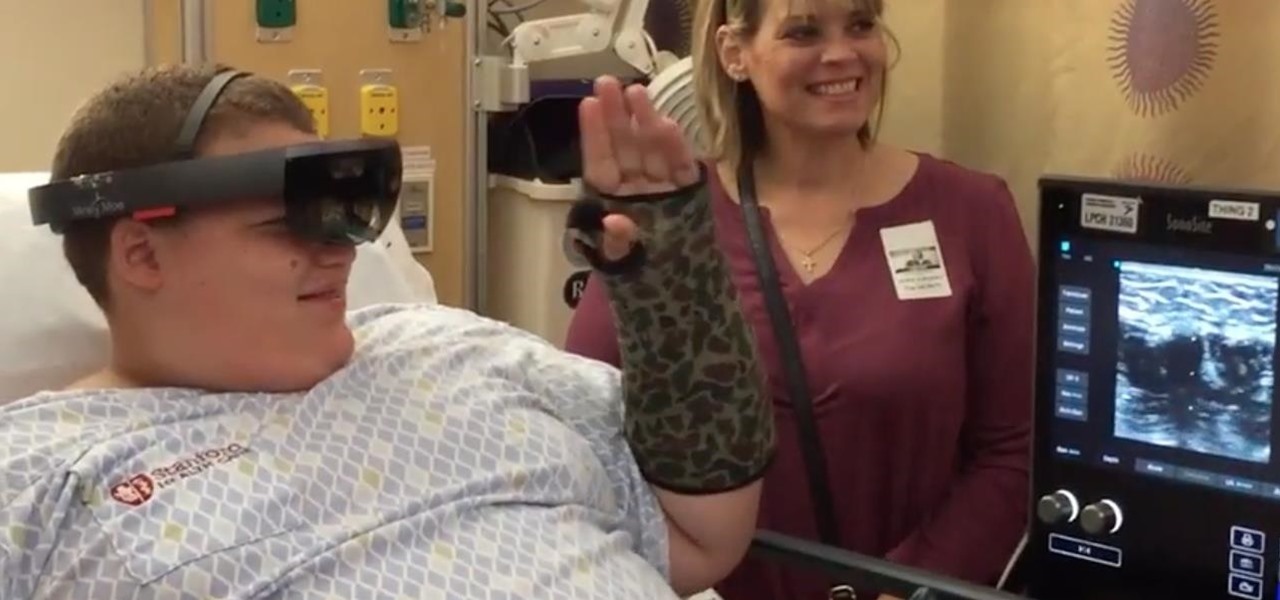
While numerous examples exist of hospitals deploying the HoloLens to assist doctors, surgeons, medical professionals, and students while treating patients, California's Lucile Packard Children's Hospital Stanford is actually using the augmented reality headset to improve the patient's experience.

It hasn't even been eight years since Candida auris was discovered—cultured and identified from the ear canal of a patient in Japan—and now it's drug-resistant, setting up residence in hospitals, killing patients, and wreaking havoc across the globe.

Andre was enjoying the carefree life of a 12-year-old with his friends, riding his bike and playing sports, like all kids that age. Schoolwork wasn't hard for him, and his grades showed that.
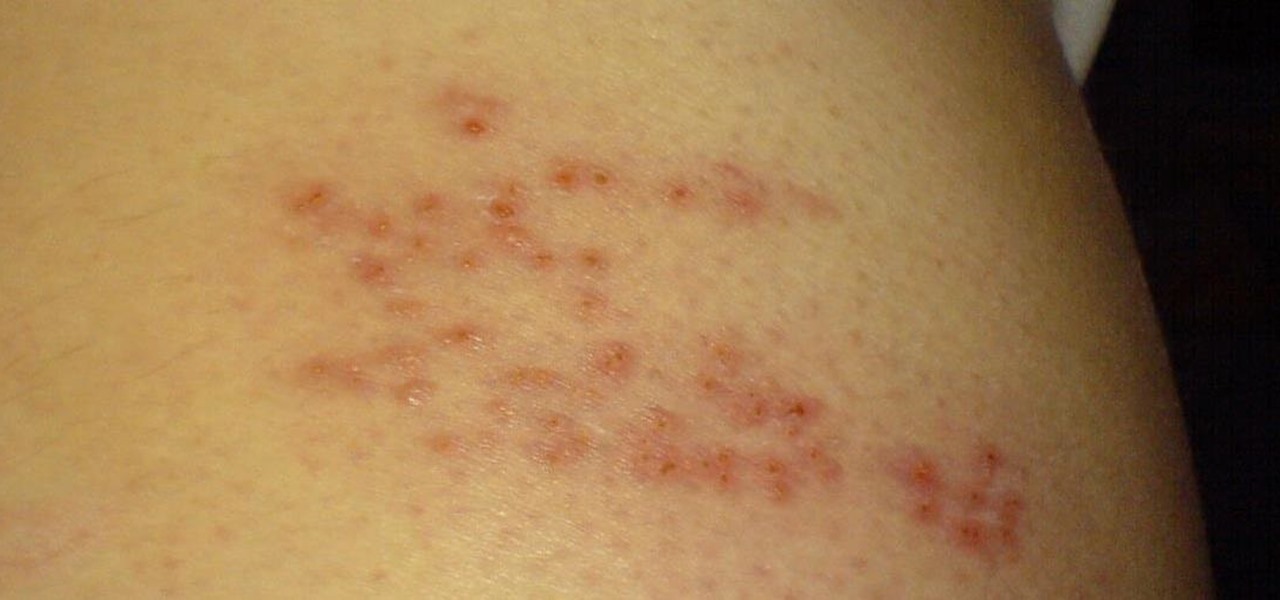
People who have heart disease get shingles more often than others, and the reason has eluded scientists since they first discovered the link. A new study has found a connection, and it lies in a defective white cell with a sweet tooth.
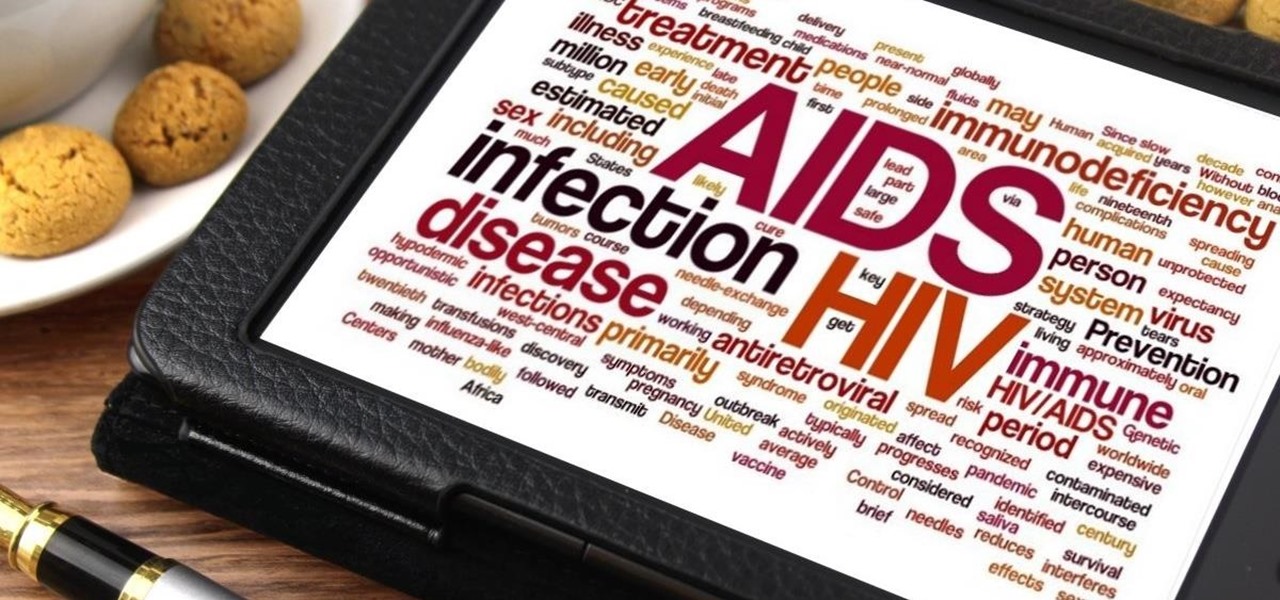
In the past, infection with human immunodeficiency virus (HIV) commonly led to dementia as the virus made its way to the brain. Even in effectively treated people, HIV can hide out and replicate in places like the brain, where it's tough to detect. That's why it's very concerning that half of all HIV-infected patients still report cognitive problems.

More bad news for patients who have undergone heart surgery in the past five years. A new study suggests about one-third of heater-cooler units used in cardiac procedures remain contaminated with a slow-growing, potentially fatal bacteria.

With the nation facing a shortage of ventilators for COVID-19 patients and no apparent ramp-up in the production of new ones, engineers, medical resistents, and do-it-yourselfers are sharing plans for homemade versions.

Listeria monocytogenes bacteria don't play fair. Healthy people can usually handle the food-borne infection, but the bacterial infection hits pregnant women, fetuses and cancer patients very hard. Interestingly, a new study found that other bacteria may help prevent Listeria infections in those people.

Activating the body's own immune system to fight cancer is the goal of immunotherapy. It's less toxic than chemotherapy and works with our body's natural defenses. The trouble is, it doesn't work for most patients — only about 40% of cancer patients get a good response from immunotherapy. But coupling it with another type of cancer therapy just might deliver the punch that's needed to knock out cancer.

The bacteria Klebsiella pneumoniae is a bad actor known for being antibiotic-resistant and causing a variety of serious infections in hospitals, including pneumonia, surgical site wounds, and meningitis. K. pneumoniae is something you do not want to encounter if you have a compromised immune system.

The incidence of tuberculosis (TB) is dropping in the US, but the World Health Organization (WHO) considers it to be epidemic in the rest of the world — there were over 10 million new cases in 2016.

Parkinson's disease, a condition that can impair movement and coordination, affects over 10 million people worldwide. And with around 60,000 Americans being diagnosed every year, we're on track to see almost one million Parkinson's afflicted Americans by 2020.

In late June, the biggest measles outbreak to strike Minnesota since 1990 seemed to be winding down. Today, public health officials announced a new confirmed measles case in the area.

Studying to be a nurse? Then here is a nursing how-to video that teaches you how to transfer a THR patient into a bed using a trapeze and an abduction pillow for support. Every nurse should know the basics of this technique, follow along and see how easy it is to move total hip replacement patients into the bed using only a pillow and a trapeze. These medical tips are sure to help you pass your nursing exam with flying colors.

This U.S. Navy video shows how to do triage on the battle field and treat trauma victims. Watch this video to learn how to deal with basic shock and perform effective resuscitation.

This how to video demonstrates how to do sterile gloving. Watch and learn how simple it is to wear gloves without contaminating them. Always make sure you are working in a sterile field and that you have washed your hands prior to wearing the gloves.

My father recently suffered a stroke. Now in Neuro Rehab at Cedars Sinai, he is enduring daily physical therapy, recreational therapy and occupational therapy sessions to help improve his balance, mobility and fine motor skills. I was initially worried about how I could incorporate his current PT regime in his daily life after he's discharged. That was until I saw the devices he used in the PT gym. Despite their "medical device" designations, the high tech stuff is remarkably similar to what ...

Studying to be a nurse? Then here is a nursing how-to video that teaches you how to change a gown on patient who as an IV pump. Every nurse should know the basics of this technique, follow along and see how easy it is to to change a gown without disconnecting the IV pump. These medical tips are sure to help you pass your nursing exam with flying colors. Have your RN or instructor help you change an patients gown who has an IV pump. Watch and learn how to do this technique with an IV gown and ...

The subdermal interrupted suture is a complicated, difficult type of suturing. It does have advantages, however, as the resulting suture is both strong and cosmetically pleasing. This video walks you through performing the stitch, and should make it easier to use this effective suturing procedure on your patients.

Going to school to become a nurse? Then one of the many things you will do as a nurse is trying to keep your patients comfortable while they are in the hospital. Follow along in this nursing how-to video and watch as the nurse places an abductor pillow under a total hip replacement patient. Sue, a physical therapist, shows you the correct protocol for administering abductor pillows.

Studying to be a nurse? Then here is a nursing how-to video that teaches you how to transfer a total hip replacement patient from the bed to a walker. Every nurse should know the basics of this technique, follow along and see how easy it is to transfer THR patients to a walker from the bed with a trapeze device. These medical tips are sure to help you pass your nursing exam with flying colors.

A promising new antibiotic has been discovered in, of all things, another bacteria. Burkholderia bacteria live in diverse habitats, including soil, plants, and humans where they thrive by knocking out other microbes that compete with them for resources or threaten their existence. Scientists have discovered they accomplish this by producing a very effective antibiotic.

There's been a lot of discussion lately about the practical uses of Google Glass. Sure, you can use them for translating text instantly or further engraining yourself in social media, but how about saving someone's life? That's precisely what Dr. Steven Horng of Beth Israel Deaconess Medical Center has says happened with a recent patient of his. After launching a Google Glass pilot program late last year, the device was seen as a critical factor in saving the life of a patient in January.

If the patient has no neck or spine injury and is again breathing on their own. You now move the patient to the recovery position. Move the patients left arm over their head and cross their legs, pull their body on their side and allow them to recover on their own. Place a patient in the recovery position.

With the help of magician Dan Martin, you'll learn the steps to escape from a straitjacket! Hopefully you won't find yourself in a serious situation where you need to escape from a straitjacket, but if you want to simply impress your friends or put on a magic show, this video is a great tutorial for you.

Disposable, sterile gloves are one of the most important part of hospital safety, making sure that the hands that touch the patients are not going to make them sicker. However, putting on sterile gloves incorrectly can cause the germs from your hands to get on the gloves, ruining their sterility. This quick video details how to put sterile gloves on properly to maximize patient safety.

If you are having a difficult time drawing a patients blood, you might want to considering doing the butterfly procedure. Watch this instructional medical how-to video to learn the proper way of drawing in blood with this method. The butterfly procedure involves drawing blood from the back of the hand. Start by placing a band around the wrist, palpating the back of the hand and identifying the direction of the veins.

Everything you need to know about checking a person's blood pressure. Be sure to warn the patient about inflation and deflation. Make sure they remain sitting for 3 minutes. Great details for special need patients like diabetics. This very detailed video is well produced and great picture quality. Be warned, the video is 44 megs in size.

Bodybuilders, not surprisingly, are very prone to injury. When lifting a 100-pound weight, it's hard to remember and to think about maintaining perfect posture since there are more pressing problems at hand (literally).

Studying to be a nurse? Then here is a nursing how-to video that teaches you how to check a patients blood sugar level at their bedside. Every nurse should know the basics of this technique, follow along and see how easy it is to check blood sugar levels with a Life Scan monitor. Monitoring a patient's blood sugar level is important to their health, and it is very simple to do at their bedside. These medical tips are sure to help you pass your nursing exam with flying colors.

According to a study released 6/24/08 by PLoS Medicine, watching a video in an STD clinic waiting room can reduce the risk for a new STD by almost 10%. In a large multi-center intervention trial, Dr. Lee Warner from the Centers for Disease control and Prevention and a team of researchers at different institutions in the U.S. studied the effect of a carefully crafted, 23-minute waiting room video on the risk for new STDs among 40,000 patients in 3 STD clinics in the country. This is brought to...

Despite the threat of superbugs, physicians continue to prescribe antibiotics when they might not be needed, and patients are suffering.

Six people have died from fungal infections in Pittsburgh hospitals since 2014—that fact is indisputable. The rest of the situation is much vaguer. A lawsuit has been filed against the hospitals on behalf of some of the deceased patients, alleging that moldy hospital linens are to blame. While the lawyers argue over who's at fault, let's look at how this could have happened.

This medical how-to video demonstrates how to insert a central venous catheter line. The method used to insert the venous line is the landmark base technique. Always prepare the skin by wiping it with antiseptic. The patients head should be tilted slightly to the left. Follow along and learn how it's done.

Studying to be a pediatric nurse? Then here is a nursing how-to video that teaches you how to effectively communicate with child patients using medical play. Every nurse should know the basics of this technique, follow along and see how easy it is to assess the status of child patient with play. These medical tips are sure to help you pass your nursing exam with flying colors.

As if the swollen, painful joints of rheumatoid arthritis weren't enough, the disease is the result of our immune system turning against cells of our own body. Ever since this realization, scientists have worked to find the trigger that sets the immune system off. Scientists believe that gut bacteria may have a role in initiating the abnormal immune response. Now, a team of researchers from Boston has figured out how that might occur.

Hospitals are places we go to get well, and we don't expect to get sick or sicker there. But a study from researchers at the Cleveland Clinic, Case Western Reserve University School of Medicine, and Cleveland VA Medical Center in Ohio found that hospital floors in patient rooms were frequently contaminated with healthcare-associated pathogens—often dangerous multi-drug resistant bacteria.

Marijuana is legal to use for medical purposes in 28 states and the District of Columbia, but the quick development of this new industry could have left some regulation issues in the lurch.

It feels like someone reached into your chest and squeezed. Your head throbs in unison with your heartbeat. Clammy dread coats your body in sweat. Whether you call 911 or someone does it for you, the ER is your next stop.

Bacteriotherapy sounds a lot more amenable of a term than "fecal transplant," yet they're both treatments that use bacteria itself to cure or treat infections. Fecal transplants, specifically, are an up-and-coming treatment option for a potentially deadly and difficult-to-treat diarrheal infection called Clostridium difficile.













